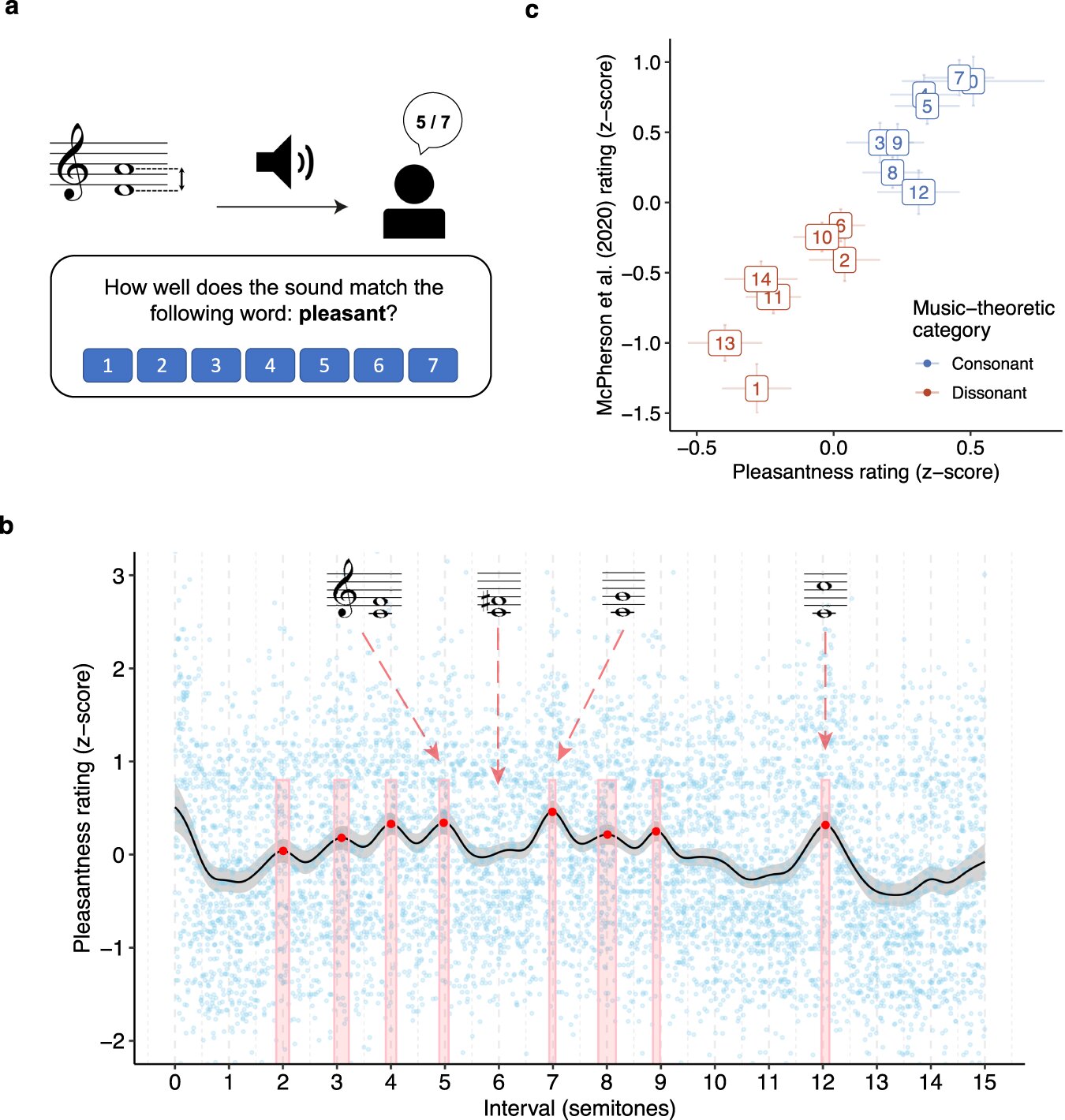Pythagoras was wrong, and it's Javanese gongs that reveal it
Follow us on Google News (click on ☆)
A recent study has turned centuries-old Western musical theories on their head, paving the way for a renewed appreciation of harmony through the use of instruments from various cultural traditions. This work, which challenges the principles established by the ancient Greek philosopher Pythagoras regarding consonance, suggests that our preference for perfect chords is not as fixed as previously thought, and that exploring non-Western instruments could enrich our harmonic language.

Research conducted by the University of Cambridge, Princeton, and the Max Planck Institute for Empirical Aesthetics reveals two major findings. Firstly, contrary to the belief that the beauty of a chord comes from simple numerical ratios, the results indicate a preference for a slight deviation from these ratios, suggesting an attraction to a certain imperfection in music. Secondly, the study shows that traditional mathematical relationships lose their relevance when examining instruments such as the bonang, a set of small gongs used in the Javanese gamelan, highlighting patterns of consonance and dissonance previously unexplored.
The study involved an online laboratory with more than 4,000 participants from the United States and South Korea, producing over 235,000 human judgments on the pleasantness of musical chords. The experiments revealed a significant preference for minor imperfections, or "inharmonicity," in the chords, as well as an instinctive appreciation for the consonances produced by non-Western instruments, even by individuals untrained in Javanese music.
These findings challenge the idea that harmony must adhere to specific mathematical relationships and suggest that there are many other forms of harmony to explore. They encourage musicians to experiment with unfamiliar instruments to discover new creative and harmonic possibilities. Additionally, this research could inspire music producers to integrate unique timbres, real or synthesized, to seamlessly blend Western tonality systems with those of other cultures.

Dyadic consonance for complex harmonic tones (Study 1A, N = 198 participants).
Credit: Nature Communications
These promising results open exciting avenues for musical experimentation, suggesting that the use of diverse instruments can unlock an entirely new harmonic language, intuitively appreciated by listeners, without requiring prior musical training. The study thus continues the exploration of varied instruments and musical cultures to deepen our understanding of harmony.